| 1. The matter in each ingredient traces back to the sun, because a plant needs the sun to grow larger, and animals need their food to grow as well. 2. If a ingredient comes from a plant, the plant needs the sun to grow. But if the ingredient comes from a animal, than maybe its food can be traced back to the sun. 3. All of the ingredients for chocolate fudge are all traced back to plants and the sun somehow. Like salt. Salt comes from saltwater which the water is evaporated, and the salt is left behind. 4 The calories originally came from the sun because when the sun helps grow edible plants, they have calories in it! So each ingredient has to have calories in it. 5. The energy is transferred because when plants grow, they need the sun for energy. And when a animal eats plants they get energy, or calories. This is how all of the energy is transferred. |
|
0 Comments
Notes: A producer is the beginning of the food chain because they consume energy from the sun. All animals are consumers because they eat the plants and each other. A food web includes producers and consumers. Plants are mostly producers, and animals are consumers. Herbivores only eat plants, carnivores eat animals, and omnivores eat both animals and plants. Or primary consumers eat producers, and secondary consumers eat the primary consumers.
Evey thing in each list is a consumer! Reflection Questions:
Organisms We Saw:
Imagine a place where mountains can be spotted from all around, with a island in the distance where horses can be seen from far away, and surrounding everything, is a lake where adventures begin.
My Ecosystem:Vocabulary For This Lesson:
Introduction To Human Body Research Paper:
Did you know that our bodies create about a gallon of mucus in just two days! I do. In fact, I know a lot of other interesting information about the human body, and YOU WILL TOO if you read my paper. Within this document, you will find six different body systems essays including focus on the muscular, skeletal, circulatory, respiratory, digestive, and nervous systems, which all work together to operate our body. All the these systems have different components, each with their own unique functions that help us survive. However, each system cannot operate alone - they need each other to be successful. For example, the nutrients gathered by the digestive system get distributed throughout the body in the circulatory system! Over the previous 12 weeks, we gathered information, organized our thoughts, and paraphrased what trusted websites taught us about each system. We worked with responsibility partners and our papers definitely benefited from the collaboration. Just like each human body system needs to rely on the other systems, we relied on each other to improve our writing and our process. The following is the result of our hard work... Skeletal System: Our skeletal system is made of 206 bones. These bones together provide our body with support so that we can stand, help us to move so we can walk around, and protect our vital organs like our heart and our brain! Our bones even make and store blood cells for our circulatory system! Without our bones, we would be nothing more than a pile of skin, organs, and muscles on the floor. We wouldn’t be able to move and our organs wouldn’t be safe! Our bones are made up of many different layers. These layers are important because we need our ones to be strong, yet lightweight. In order to achieve this goal, the outside layer of bone is made up of solid, compact bone that makes our bones strong or dense. The next layer of bone is called cancerous bone (a.k.a. spongy bone). This layer allows our bones to be lightweight and transitions us from compact bone into bone marrow. Bone marrow is a thick and spongy section in the middle of bone where red and white blood cells are formed. Finally our bones are all covered in a thin membrane called peritoneum which is where our muscles attach to bones. So that is how bones are structured in order to keep our bodies strong, yet lightweight! Although bones are extremely important, we wouldn’t be able to move without joints...
|
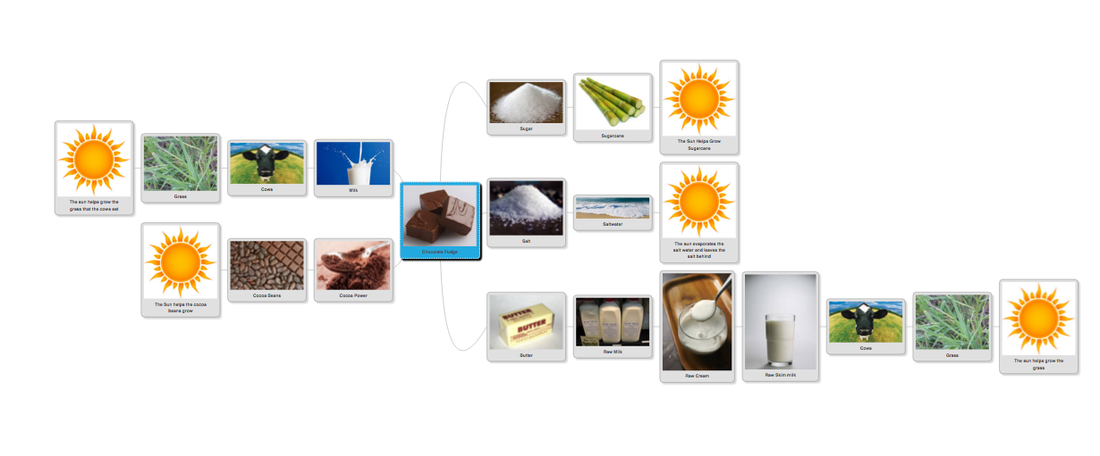

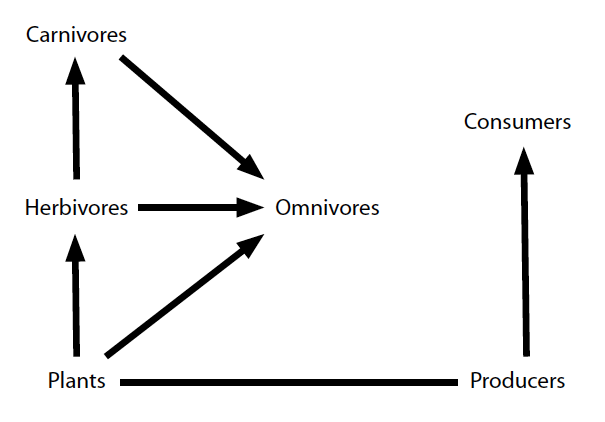

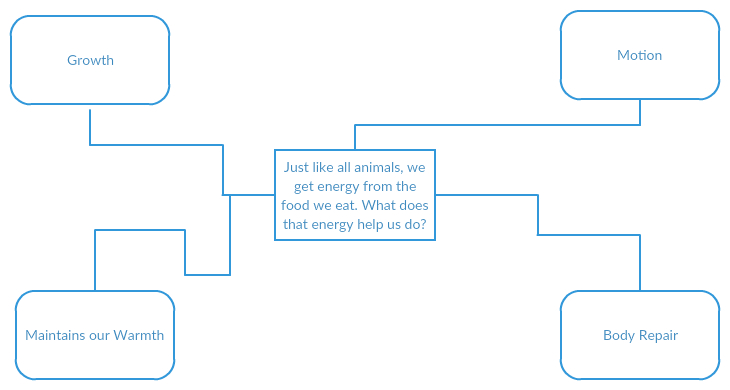
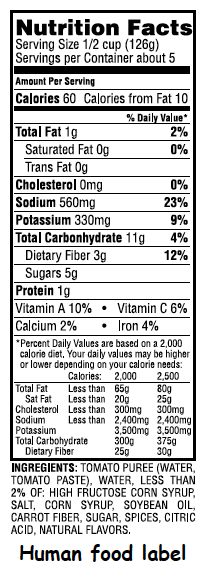
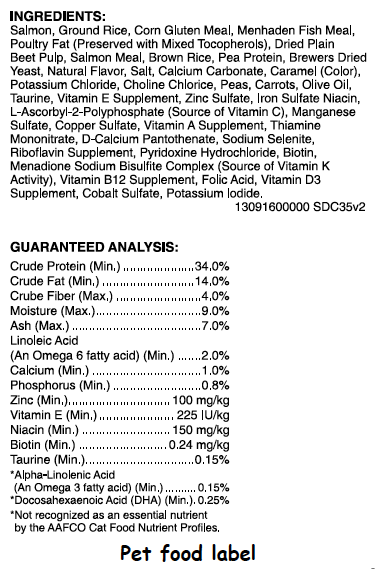
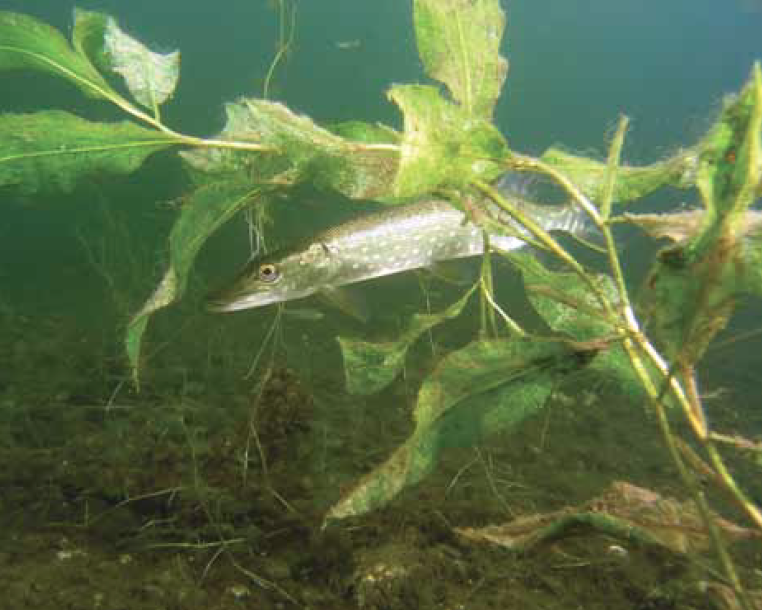
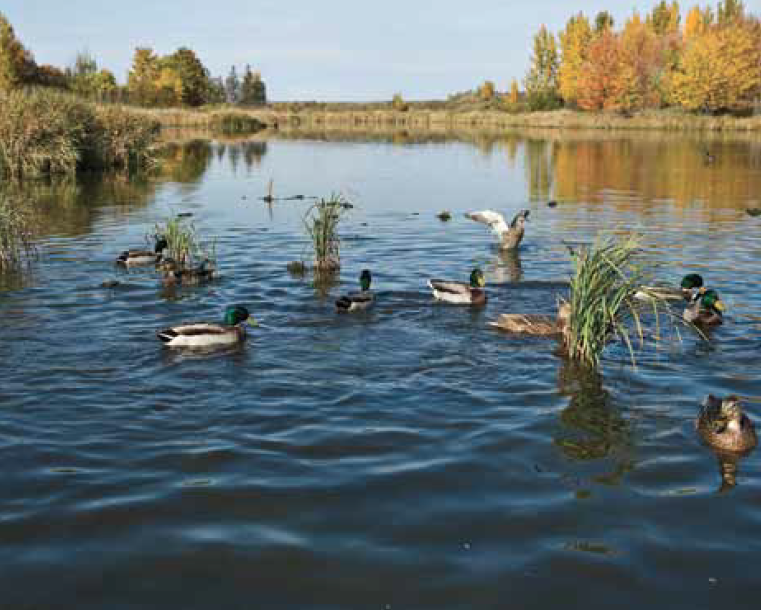
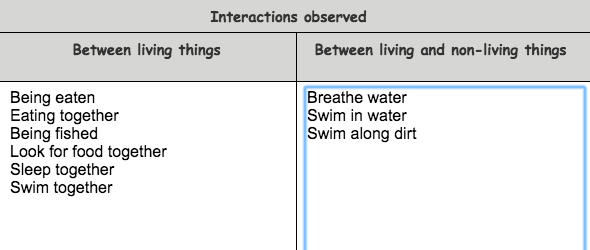
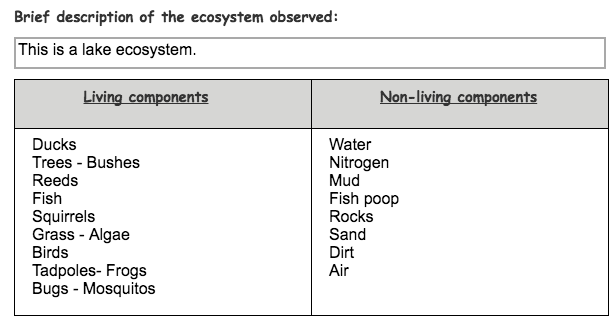
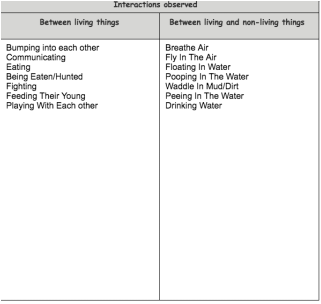


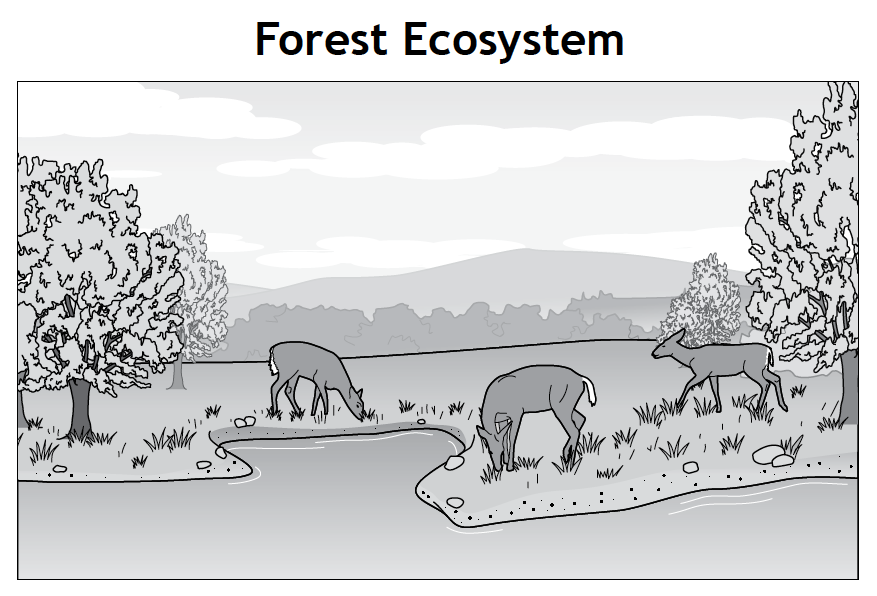
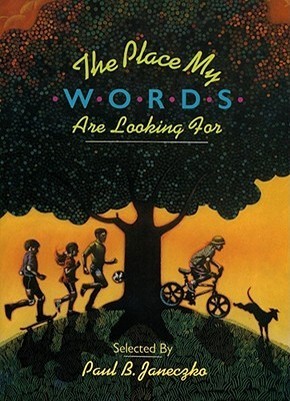
 RSS Feed
RSS Feed
